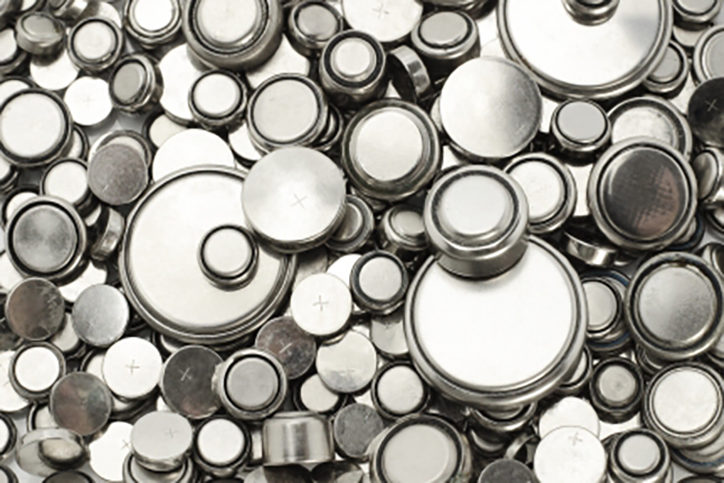Button batteries are tiny, but dangerous. They are found in toys, remote controls, hearing aids, watches, musical greeting cards, calculators, and other electronic devices. Many button batteries are smaller than a quarter. Because of their small size, a button battery can be easily swallowed by a child without a parent realizing.
Children often get ahold of button batteries by removing them from a toy or household item. They may also find them lying loose on the table or get them directly from a package of batteries they find in the home. Although less common, adults may swallow button batteries as well. It is dangerous for an adult to hold a button battery in their mouth when they are getting ready to place it in a hearing aid or other device.
What’s the Harm?
Most batteries that are swallowed pass through the body without harm. The major risk with button batteries is the chance for the battery to get stuck in the esophagus (the tube that connects the mouth to the stomach). If the battery becomes stuck, it can cause severe damage in as little as two hours. It is important to remember that a button battery can be stuck in the esophagus even if the person is not coughing or complaining of pain or other symptoms. The moist environment of the esophagus creates a circuit with the battery that gives off an electrical current. The electrical current can cause a burn severe enough to create a hole in the esophagus.
Button Battery Cooks a Hot Dog Video
In our YouTube video, we filmed a 25-minute time lapse of a button battery cooking a hot dog. In this demonstration, the hot dog acts as a person’s esophagus if the button battery were to get stuck. As you can see in the video, an electrical current begins right away and the hot dog begins to sizzle. By the end of the video, the hot dog shows signs of being burned.
How We Treat Exposures
As soon as you notice a battery is missing, call the poison center at 1-800-222-1222. This quick action may save a life. When you call, the poison specialist will gather the information and likely recommend that the person go to the nearest hospital. It is important to go to the hospital, not an urgent care or similar facility. If the button battery needs to be removed, those facilities won’t be able to remove it. The specialist will also call the hospital to speak with the medical staff so they will be ready when you arrive. An x-ray will be done as soon as possible. If a battery is seen in the esophagus on the x-ray, it must be removed within two hours of being ingested. If it is seen in the stomach, the doctor will likely let it pass through the digestive system on its own. The person’s stool (poop) should be checked to make sure the battery passes. A repeat x-ray may be recommended if the battery still has not been found when the poison specialist calls to follow up.
Bitter Coating Button Batteries
Duracell® recently released a 2032 lithium coin battery with a bitter coating. The coating aims to prevent a child from swallowing the battery. If a child were to get ahold of a button battery and put it in their mouth, the bitter taste should cause the child to spit it out. This is an added layer of protection, but cannot replace proper supervision of children around items that have button batteries or proper storage of the batteries. The package is child-resistant and will need scissors to open for most people, but given enough time, a child can still possibly open the package. More information can be found on the Duracell® website.
Safe Use and Storage
Ensure that toys, remote controls, hearing aids, watches, calculators, and other electronic devices that contain a button battery are closed securely. A screw may keep it closed. Make sure the screw is tight, not loose.
Button batteries should be stored up, away, and out of sight. If possible, keep the batteries in their original packaging and not loose in a container or on the counter.
If you suspect that someone has swallowed a button battery, contact the Maryland Poison Center right away at 1-800-222-1222. Our pharmacists and nurses are available to help 24 hours a day, 7 days a week.





Leave a Reply